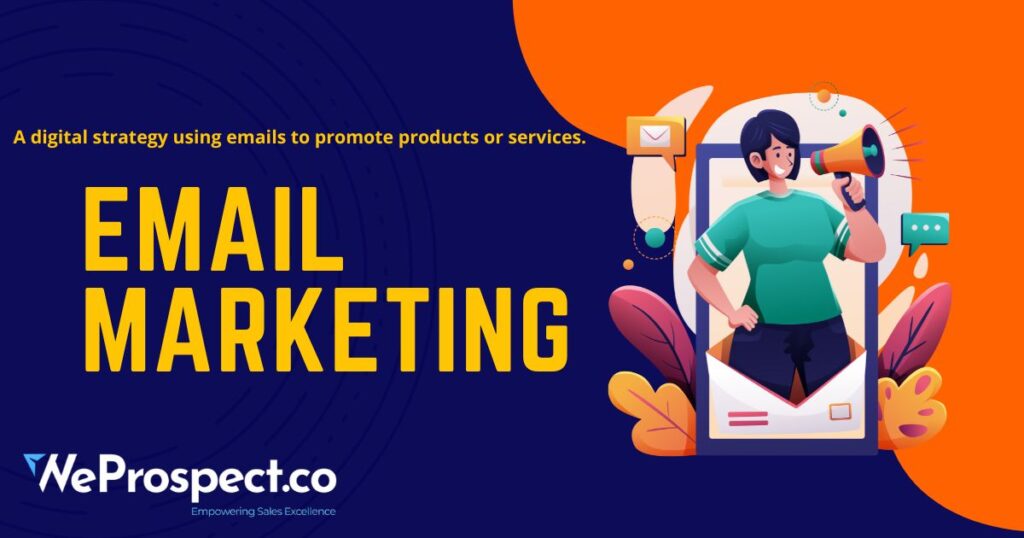
Email marketing is a digital strategy that allows brands to send well-crafted emails to specific audiences to promote their products, services, or content. The primary goal of this approach is to provide valuable information that motivates recipients to take action.
An effective email marketing campaign can have various objectives. Common goals include:

This guide will help you create a successful email marketing campaign, outlining each step from defining your goals to crafting content and analyzing results.
Establishing clear goals for your email marketing initiatives simplifies the process of shaping your messaging. Well-defined objectives also ensure that your campaigns align with your overall marketing strategies, making it easier to measure success—whether that means increasing sales, driving traffic, or nurturing leads.
How to Do It: Define your goals using the SMART criteria:
For example, you might aim to:
A high-quality email list is essential for reaching the right audience. Segmenting your list can enhance relevance and improve engagement.
How to Do It: Use signup forms on your website, blog, or social media channels, offering incentives like discounts or exclusive content to encourage subscriptions.
When segmenting your list, consider categorizing contacts by:
Select a reliable email marketing platform that can automate, track, and optimize your campaigns. Look for features such as marketing automation, A/B testing, segmentation, personalization, and analytics.
Your email marketing software should also integrate seamlessly with other tools your team uses, such as CRM systems, e-commerce platforms, and social media tools. For top email marketing services, consider using platforms like WeProspect.co to streamline your efforts.
The cornerstone of effective email marketing lies in crafting relevant content that motivates your audience to act, leading to improved open rates, click-through rates, and conversions.
How to Do It:
Personalization boosts engagement and makes recipients feel valued—Automate personalization to save time while ensuring timely delivery.
How to Do It: Customize emails with the recipient’s name and tailor content to their preferences. Automate essential messages like:
With billions accessing emails via mobile devices, optimizing your emails for mobile is crucial.
How to Do It: Use a responsive email design that adapts to various screen sizes. Keep subject lines short and utilize single-column layouts for improved readability.
Testing ensures your emails are visually appealing and functional before reaching your audience.
How to Do It:
Timing significantly influences your email’s success. Utilize your email marketing platform to optimize send times based on time zones or historical open rates.
Tracking performance is essential for identifying what works and what needs improvement. Regularly review metrics to spot trends and areas for growth.
Key Metrics to Monitor:
Email marketing is an ongoing process. Use data from past campaigns to enhance future strategies and explore new formats and subject lines.
By tailoring each campaign to meet specific goals, businesses can cultivate stronger relationships with their audience, boost brand visibility, and drive conversions. Effective email marketing helps brands maintain meaningful communication and paves the way for long-term success.
If you want to elevate your email marketing game, consider utilizing WeProspect.co for professional email marketing services. By harnessing the power of top email marketing platforms and software, you can streamline your efforts and achieve your marketing goals effectively. Embrace the potential of marketing and email today to engage your audience and grow your business.

